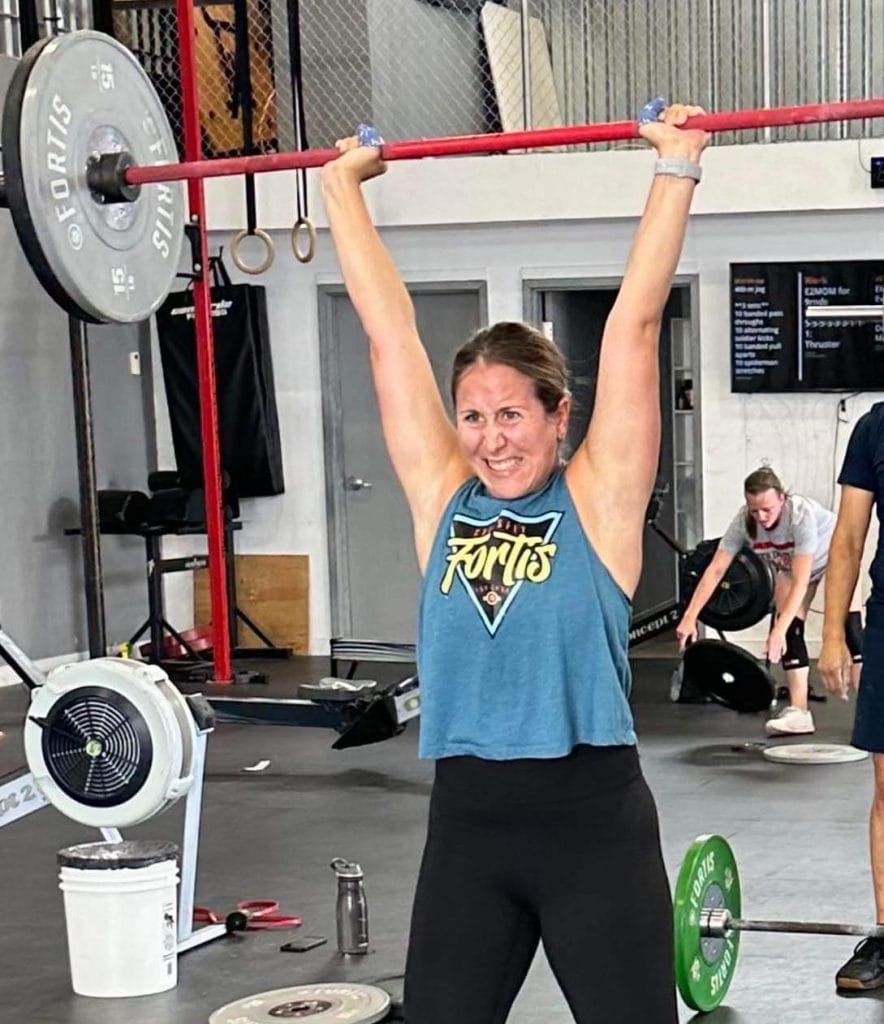“Intensity” is a hot word in fitness—so how much of it do you need to accomplish your goals?
The answer: Just enough but not too much.
What is Intensity?
First, a definition.
Intensity is the volume, magnitude, or degree of something. In the gym, we can simplify that to mean “how hard your body is working.” Low intensity means that the body is working at a submaximal level that can be sustained for a long time. At the highest level of intensity, you’re straining at or near maximum effort to accomplish a task—you can’t do this for very long.
Overall it can be adjusted in many ways. You can add more resistance to a movement, increase or decrease the speed of the movement, increase the volume (repetitions) of the movement, decrease the rest between sets, and so on. Or you can use combinations of these and other elements to drive up overall intensity.
An example: Imagine walking 50 meters once every three minutes for three sets. Then imagine sprinting 100 meters 4 times in eight minutes while wearing an eight-pound weight vest. The sprinting workout is much more intense in every way.
You can use both low- and high-intensity training to improve fitness. For example, lower-intensity training is often used to increase stamina and endurance. Higher-intensity training is often used to increase strength and power.
In recent times, intensity has become a buzzword, particularly in relation to functional fitness and high-intensity interval training (HIIT). Athletes and trainers alike talk about it all the time, and it’s easy to think that more is always better.
But that isn’t the case.
How Much Intensity?
While it’s true that it can help you get results in the gym by forcing your body to adapt, you’re not going to optimize performance if you push to 100 percent every single day. Eventually, you’ll get beaten up, become overtrained, lose motivation, or even get injured.
Your body needs a precise dose of intensity in each workout, followed by a period of rest. Yes, you need to work hard in the gym. But you also need to work smart and then recover.
Another example: Imagine you want to get stronger in the squat but don’t know how to do it. So you decide to perform a 1-rep-max back squat every single day, then do a host of difficult accessory movements for high reps with significant loads. You’ll be sore all the time and probably won’t enjoy training much.
Contrast that unwise approach to this one: Regularly lift heavy loads in different ways to challenge the legs and core at ever-increasing levels, but always give yourself time to recover before the next heavy workout.
With the first approach, you’ll burn out. With the second, you’ll get stronger and stronger for years.
So how do you know how much intensity you need?
That can be tricky. Many people just go with “more is better” until they’re very sore and performance is declining. Others don’t use enough and don’t challenge the body enough to make it change. Some very studious people keep precise workout logs so they can determine how much intensity they need in their training, but they’re rare.
The best plan: Work with a trained fitness professional who can create an exercise plan that’s suited to your goals, preferences, and experience. That coach will build in appropriate levels of intensity and recovery and then adjust the plan whenever needed. That might mean reducing workout intensity on a very stressful day or programming a “deload week” after a tough block of training.
Fitness pros are experts when it comes to intensity, and they’ll make sure you get “enough but not too much.”
We’d be happy to talk to you about it, the training, and we can supply a plan that will help you accomplish your goals. To book a free consultation with a fitness expert, click here.

